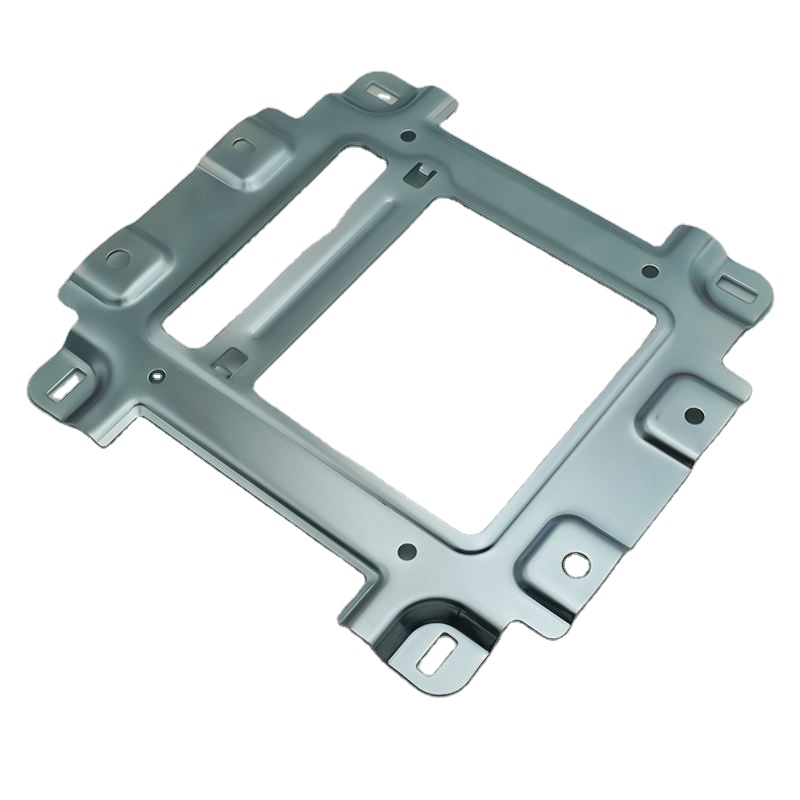Introduction: The Rising Demand for Burr-Free Stamping
As industries like EV manufacturing and microelectronics demand near-perfect component tolerances, burr control in metal stamping has become a critical quality benchmark. By 2025, the global market for precision stamping parts is projected to exceed $380 billion (Source: Grand View Research), with burr-related defects costing manufacturers up to 12% in scrap rates.

Section 1: Industry Challenges & Burr Formation Mechanisms
1.1 Root Causes of Burrs in Metal Stamping
- Material Factors:
High ductility alloys (e.g., aluminum 6061, copper C11000) prone to microburrs during shearing. - Tooling Wear:
Progressive die degradation causes edge fracturing and burr height >0.1mm (critical threshold for aerospace components). - Process Parameters:
Incorrect punch-die clearance (±5% optimal range) increases shear zone irregularities.
2.1 AI-Driven Tooling Optimization
- Adaptive Press Control:
Real-time adjustment of stamping force (±2% accuracy) using IoT-enabled presses. - Predictive Maintenance:
Machine learning models predict die wear 48hrs in advance, reducing burr recurrence by 70%.
2.2 Advanced Deburring Techniques
- Laser Deburring:
Fiber lasers (1,064nm wavelength) remove sub-10μm burrs on titanium medical implants. - Electrochemical Deburring (ECD):
Achieves Ra <0.4μm surface finish for copper connectors in 5G devices.
2.3 Material Science Innovations
- Nanocoatings for Dies:
TiAlN-coated punches extend tool life by 300%, reducing edge chipping. - Low-Slip Steel:
JCEN Steel’s “EFP-35” alloy lowers burr formation by 45% in high-speed stamping.
